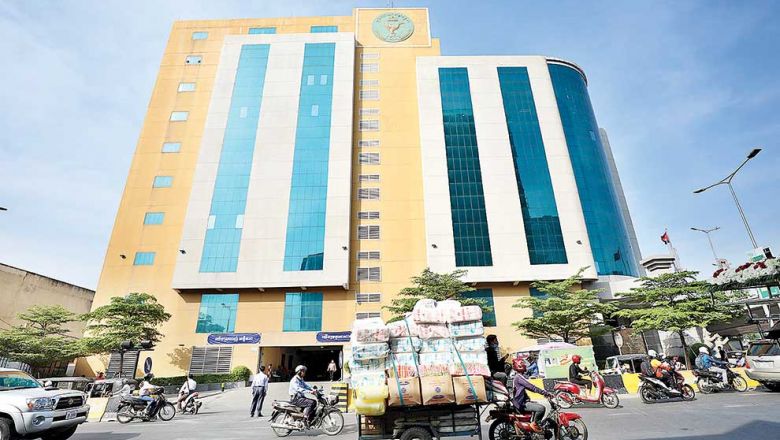Housing loans up in 2013, growth expected to continue in ’14
Housing loans up in 2013, growth expected to continue in ’14
Last year across Cambodia’s cities, more and more people decided to take the plunge and invest in housing.
This should be obvious to anyone who lived in Cambodia last year. The sounds of construction or renovation were more noticeable than before in cities across the Kingdom.
Data from Cambodia’s largest commercial bank backs up this anecdotal evidence. The total amount of loans provided by ACLEDA Bank for housing purchases in 2013 was up nearly 15 per cent year-on-year, breaking the $100 million mark for the first time.
ACLEDA Bank senior vice-president and credit division director Inn Siphann told the Post that housing loans in 2013 totaled $107.3 million, up 14.6 per cent over 2012’s $93 million.
There was also a considerable increase in lending by ACLEDA for home improvements, Siphann said. In 2013 the lender provided $57.7 million in home improvement loans, compared with $45 million the previous year, translating into an increase of 28.2 per cent, he added.
Siphann said that there was no reason to expect a slowdown in the purchases and renovations of homes in 2014.
“Housing loans in 2014 will continue growing because of several factors such as continued economic development, population growth, more newlyweds, and movement of people from the countryside into cities and boreys,” he said.
ACLEDA provided loans to 13,439 people last year, a nearly 25 per cent jump from 10,778 loan recipients in 2012.
Dr Bun Mony, Cambodia Microfinance Association director and CEO of microfinance institution Sathapana Limited, said the emergence of microfinance institutions and banks to support growing interest in housing investment is a positive development for Cambodia.
It allows those with the desire but not yet the means to purchase a home or improve their existing home, while contributing to the healthy development of the Kingdom’s property and construction sectors, he said. Low interest rates have been crucial to this development.
“Interest rates in the banking and microfinance industry in Cambodia are lower than those found in neighbouring countries,” Mony said. “It has hovered between one and two per cent, which is a positive sign.”
Key Real Estate general manager Sorn Seap said that banks played a vital role in the developing property sector. Low interest rates, long payback periods and rising incomes have brought the possibility of home ownership to a much larger percentage of the Kingdom’s population, he said.
That said, Seap believes interest rates could be lower still. “With lower interest rates, more people would be able to invest in the property sector through housing loans,” he said.
phnompenh post














